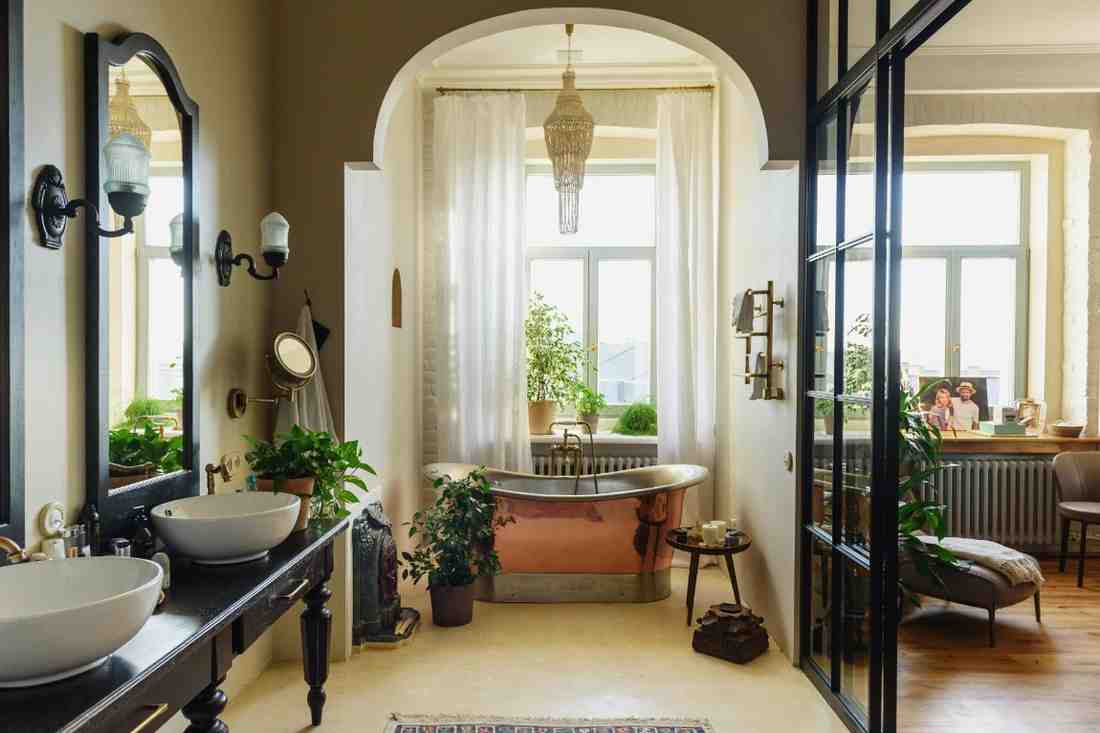Indoor plants bring life to our homes with beautiful, serenity and pinch of nature. Popular options like pothos, fiddle leaf figs, and succulents invariably command attention, but believe it or not, there’s a whole world of rare indoor plant gems waiting to make your home into a one of a kind green space. This guide is your guide to some of the most unusual indoor plants, with tips for caring for them and design ideas to let these hidden treasures into your living space.
1. So, Why Opt For Rare Gems Of Indoor Plants?
More than a few rare indoor plants actually tell a story. Choosing uncommon varieties allows you to:
Stand Out: Make your home décor truly exclusive with this exclusive touch alone.
Express Personality: With your plant collection you can reflect your unique taste and style.
Explore Variety: Feel the joy of helping the healing, domestic, and edibles grow in their coconut fiber pots.
Connect with Nature: Frequently rare plants will have an interesting backstory to take you on a step back to their source and natural habitat.
2. Rare Indoor Plant Gems Spotlight On
a. Calathea Orbifolia
This is a showy plant with known oversized, striped leaves.
Care Tips: Bright, indirect light and high humidity. Water the soil, but not let it be waterlogged.
Why It’s a Gem: Elegant and dramatic to any room, the foliage is bold and patterns.
b. Senecio peregrinus; String of Dolphins
The trailing stems of strange looking leaves shaped like tiny dolphins on this quirky plant make it a worthwhile easy plant.
Care Tips: It needs bright light and well draining soil. Water sparingly and do not allow to rot the root.
Why It’s a Gem: It’s great for hanging baskets, and lends a nice whimsy to your decor.
This is c. Hoya Kerrii (Sweetheart Plant).
This plant is known with its heart-shaped leaves and is loved for gift giving and love spreading.
Care Tips: It needs to be kept bright, but not in direct light, and watered infrequently. Water the soil so they don’t dry out between waterings.
Why It’s a Gem: It’s such a cute conversation starter because of its unique leaf shape.
d. Rhipsalis (Mistletoe Cactus)
Rhipsalis is both elegant and low maintenance as a tropical cactus with delicate, trailing stems.
Care Tips: This can tolerate low to medium light, and only requires little to no watering. It is adapted to find its way in a humid surroundings.
Why It’s a Gem: It’s a soft, cascading growth pattern, so it provides a soothing aura to any room.
e. Watermelon vine, Dischidia Ovata
This plant has small oval leaves with watermelon patterns.
Care Tips: Moderate watering and loves bright, indirect light. However, it’s a fast growing, low maintenance plant.
Why It’s a Gem: Plant enthusiasts have it in their top 3 list for the playful leaf design.
f. Anthurium Clarinervium
Large, heart-shaped leaves, with striking white veins, makes this an exotic plant.
Care Tips: Bright, indirect light and consistent humidity is needed. Preventing root rot is to avoid overwatering.
Why It’s a Gem: It’s a statement piece in any indoor garden: velvety, luxurious foliage.
3. Tips for Caring for Rare Indoor Plant Gems.
Other conditions are harder for rare plants to grow and thus they need special care. Here are essential tips:
a. Research Your Plant
In order to duplicate the natural habitat of your plant, understand what those conditions are.
b. Ensure Proper Lighting
Bright, indirect light is most preferred by most rare plants. When there isn’t enough natural light, use grow lights.
c. Maintain Humidity
A pppeday, mists or humidifier for tropical plants.
d. Water Wisely
The main cause of plant stress is overwatering. We always check the soil moisture before watering.
e. Use Quality Soil
Pick a well draining soil mix for the plant that is more cactus soil for succulents.
f. Monitor for Pests
Spider mites or mealybugs can be pests to rare plants. Regularly inspect then treat promptly.
4. Rare Indoor Plant Gems: Styling Tips for the Inside Garden
a. Create a Focal Point
Use your rare plants as centerpiece items displayed on top of coffee tables, shelves or sideboards.
b. Combine with Common Plants
Plants which are rare may be paired to ones that are familiar to emphasize its uniqueness.
c. Use Decorative Pots
Pick up pots that go well with the plant in visual terms.
d. Experiment with Placement
Hang baskets, plant stands or wall-mounted planters so you can show off your gems in a different way.
5. Why Rare Indoor Plant Gems Should be on Your Radar
Elevate your space with rare plants, bring on a conversation and be a rewarding challenge for the plant lovers. As for the incidents of luck, their specialty also explains why they are the best way to construct your own indoor plant with a feeling of taste.
Conclusion
The uniqueness and exclusivity of uncommon indoor plants are brought into our home. These rare indoor plant gems are being offered literally from the whimsical String of Dolphins to the elegant Calathea Orbifolia and beyond. If you know their care needs, and trim them up nicely, their space can become lush and pretty.
Endnote
More than just décor, rare indoor plant gems are also experiences. These unique treasures are a perfect way to add them into your online garden space and you’ll cultivate a truly beautiful space.
FAQs
1. How is a plant a “Rare Indoor Plant gem”?
These are unique indoor plants in appearance, less commonly found in homes or take specific care routines making them rare.
2. Are rare indoor plants worse to care for?
Not always! Low maintenance plants may be rare ones like Rhipsalis. But that doesn’t mean you know their needs.
3. How can I find good rare indoor plants?
Nurseries specialize in, online stores and plant swaps. Look for sellers with recommendations on the variety of plants they provide with contact information for how to care for them.
4. What can I do to style rare plants in small spaces?
Highway techniques like swinging planters, wall-hung pots or pocket production on shelves will be utilized.
5. Are rare plants able to adapt to low light?
Low light plants like Anthurium Clarinervium are rare, and some of these ones can withstand low light, but they thrive best in bright but indirect light.
6. How can I stop pests on rare plants?
Regularly inspect your plants, keep the foliage clean, and natural treatments like neem oil will help you keep pests off effectively.




